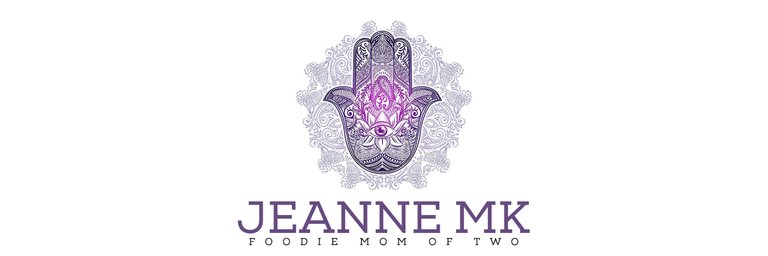
Starting a new budget is hard, but it gets easier with time. Budgeting helps people to control their spending instead of letting their spending control them.
Creating a Personal or Family Budget
In order to organize and accurately track spending, a budget must be divided into sections. Different types of spending should be recorded in the appropriate section.
Categories in a good budget might include:
- Regular monthly expenses
- Grocery items
- Household necessities
- Gasoline
- Medical expenses
- Children's needs
- Entertainment
Budgeting for Beginners: The First Few Months with a Budget
After creating an outline for a new budget, it's time to start using it. For the first few months, don't try to spend money any differently than usual. The point is to track normal spending in order to see patterns emerge. Recognizing spending habits can help people understand where their money tends to go.
These first few months will also tell whether people need to add categories to their budget's outline.
Recording Spending Details
Each night, people with budgets should record everything they did during the day. Each entry should include:
- Date of expenditure
- Amount spent
- Products/services purchased
At the end of the month, each category in the budget can be totaled. Add up all the totals, subtract them from the monthly income, and the leftover sum is how much money goes into savings for the month.
Estimating Monthly Expenses
After tracking and recording expenses for at least a few months, try estimating how much spending will go to each category for the coming month. This is the point at which a budget starts to become the most useful, since it helps people begin to set goals and give them the tools to track spending and exercise self-discipline.
Setting Financial Goals
People hope to accomplish different things with the help of their budgets. Some want to increase the amount they contribute to savings. Others want to spend less on groceries every month. Whatever the goal, it should be written at the top of the budget. When making financial goals, keep these steps in mind:
- Start small.
If a person wants to put an additional ₱2,500 ($50) into savings every month, s/he should start with the goal of an extra ₱250 a month and work on achieving that first. - Stretch the budget gradually.
After a person can successfully meet their goal of saving ₱250 a month, they should increase the goal amount in gradual increments until reaching the ultimate goal of ₱2,500. - Make it a game.
Examples of a budgetary personal challenge would be feeding the entire family for ₱250 per day, going without any impulse purchases for a month, or making the weekly grocery budget last for 8 days instead of the usual 7.
Remember that budgets are tools for money management. Whatever a person's financial goals, it's possible to meet them with the help of a budget. With realistic expectations and a commitment to honesty and accuracy in the budget, people will be surprised at how much more in control of their spending they are 6 months from now.
Any other budgeting tips that you'd like to add? Please comment below.
Thank you for reading!

Beware of little expenses; a small leak will sink a great ship. -Benjamin Franklin
nice idea
You have been upvoted by the @sndbox-alpha! Our curation team is currently formed by @jeffbernst, @bitrocker2020, @jrswab & @teachblogger . We are seeking posts of the highest quality and we deem your endeavour as one of them. If you want to get to know more, feel free to check our blog.
You got a 1.68% upvote from @postpromoter courtesy of @jpmkikoy!
Want to promote your posts too? Check out the Steem Bot Tracker website for more info. If you would like to support the development of @postpromoter and the bot tracker please vote for @yabapmatt for witness!